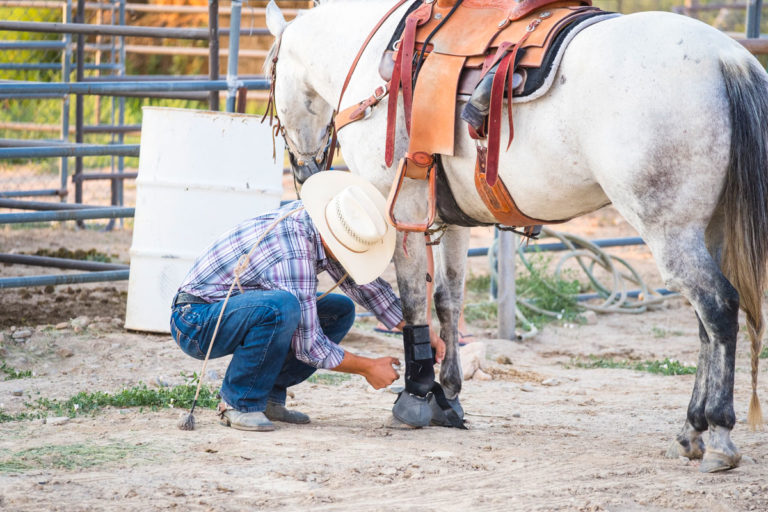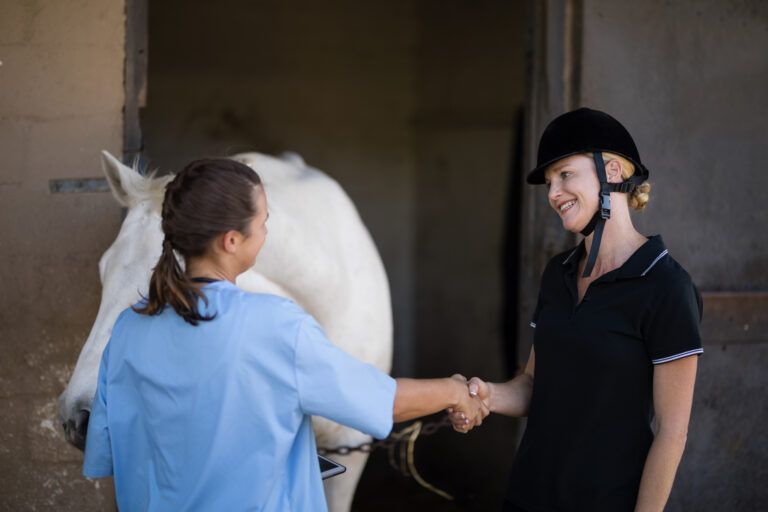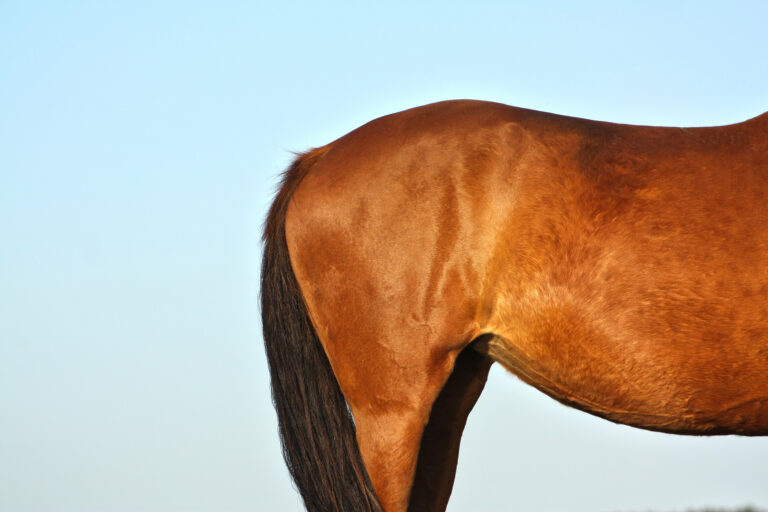
Radiology is an integral part of the prepurchase examination of sport horses, and equine veterinarians identify abnormalities on those radiographs with reasonable frequency. It is up to the practitioner to then decide whether those abnormalities are relevant or associated with risk based on the horse’s intended use. Some radiographic abnormalities, however, should always cause practitioners pause, prompting further evaluation or a second opinion.
Sarah Puchalski, DVM, Dipl. ACVR, of Puchalski Equine Diagnostic Imaging, and Julia Graham, DVM, Dipl. ACVR, assistant clinical professor at Tufts University’s Cummings School of Veterinary Medicine, recently described 10 radiographic abnormalities of concern in sport horses. Puchalski provided a brief overview of each during the 2023 American Association of Equine Practitioners annual convention, held Nov. 29 to Dec. 3 in San Diego.
- Proximal phalanx sagittal groove fissures
“These are vertical lucent lines in the compact bone of the sagittal groove of the proximal phalanx of either the fore- or hind limb,” Puchalski said. “They are typically in the central to dorsal aspect of the joint surface.”
She did note, however, that radiographs must be taken at a moderate downward angle to visualize these fissures.
Puchalski said these lesions occur relatively frequently but aren’t often seen, because not all prepurchase radiographs include the requisite downward angle on the dorsopalmar view.
“These lesions are controversial because some horses can carry the lesion without clinical signs, but there is a risk of arthrosis over time even if they are sound at the time of the examination,” Puchalski said.
- Proximal phalanx distal articular surface contour abnormalities in the medial or lateral aspect of the condyle (not the sagittal aspect)
These are alterations of the distal articular surface of P1, appearing flat to concave and potentially also cystic.
“These are actually seen quite frequently on fetlock views,” said Puchalski. “These contour abnormalities can be clinically silent or lead to joint disease and have a terrible outcome; predicting outcome is difficult.”
- Navicular bone distal margin fragmentation
“This can be obscured if the navicular bone superimposes with the coffin joint,” Puchalski warned.
She therefore suggested using oblique images to assess the size and margination of the navicular bone and fragment bed margin.
Always look for other navicular lesions as well, including lysis and enthesophytes, because other signs of navicular pathology might increase the risk of any given lesion.
- Talus medial proximal tubercle fragmentation/irregular/enlargement
These are abnormalities in the size, shape, margination, or fragmentation of the medial proximal tubercle of the talus. Puchalski said they’re controversial because they appear alarming based on the radiographic signs and collateral ligament attachment site involvement but are generally of limited relevance.
- Sagittal divot in the distal articular surface of the middle phalanx
This is a contour defect and most likely an anatomic variant. Nonetheless, look for secondary joint disease and other associated joint lesions, such as a corresponding divot in the distal phalanx.
- Distal phalanx (P3) lucent foci superimposing with the articular surface.
In the dorsal 65 proximal-palmar radiographic view, lucent foci superimpose with the distal interphalangeal joint space.
“If it is on the palmar aspect of the distal phalanx, then it could be associated with the impar ligament or synovitis,” said Puchalski. “This lesion may prompt more diagnostics.”
- Proximal tibia lucency at the cranial medial meniscotibial ligament attachment
This is a relatively common radiographic finding that can be present even in horses performing normally.
“But it prompts us to look for other intracapsular soft-tissue injury,” she said. “I recommend performing an ultrasound of the medial compartment of the stifle based on the clinical examination findings.”
- Ulnar carpal bone axial lesions
These are uncommon and clinically asymptomatic but alarming when identified on radiographs because they can include osseous cystlike lesions or fragmentation. These lesions can occur secondary to juvenile trauma or developmental lesions. Puchalski encouraged practitioners to look for other evidence of joint disease and soft-tissue abnormalities.
- Third metatarsal bone plantar lateral surface prominence
This appears as an oblong osseous plateau on the plantar, lateral, proximal aspect of the third metatarsal bone. It is often identified on the dorsoplantar view. The main differential for this lesion is suspensory disease and, therefore, warrants further work-up.
- Third metatarsal bone proximal suspensory enthesopathy
Several radiographic findings can indicate suspensory enthesopathy or bone pathology at the origin of the suspensory ligament. This can include a ridge of bone along the medial or lateral aspects of the ligament, alterations in opacity, or trabecular bone quality to include both sclerosis and lysis.
“This is an important and often recurring clinical syndrome to recognize,” noted Puchalski.
To conclude, she said, “In the prepurchase scenario, it is very important to recognize that radiographs represent a snapshot in time, and they must be evaluated with the clinical examination findings. Whenever a novel or unusual finding is identified, it is important to consider if the lesion is real. If it is real, then consider possible etiology of the finding. After the probable etiology is assessed, then determine what, if any, risk the radiographic lesion is associated.”








